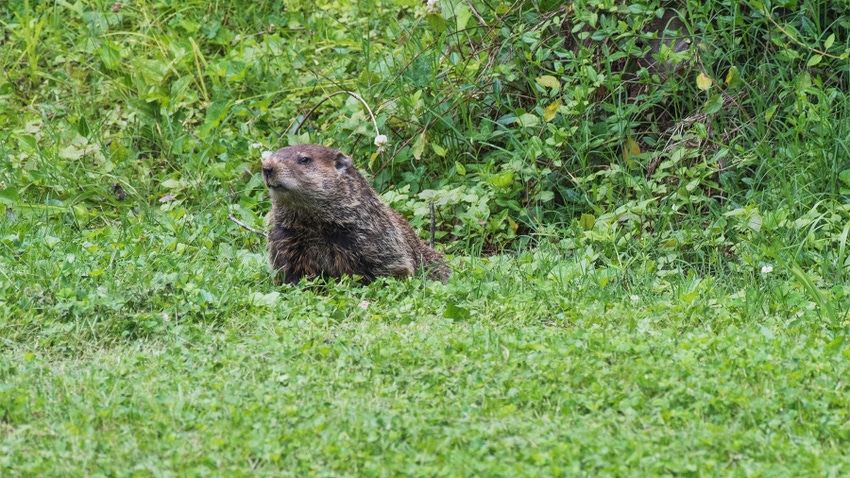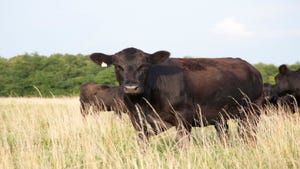
Spectators will gather in Pennsylvania today in anticipation of catching a glimpse of Punxsutawney Phil, but for farmers in the Midwest, the famed groundhog is more of a menace than a celebrity.
I’m amazed every year when all eyes turn to a giant mammal to predict the weather, especially one that has a 39% accuracy rate dating back to the 1880s, according to the Punxsutawney Groundhog Club.
So, when I mentioned Groundhog Day to fellow Nebraska Farmer editor Curt Arens, he responded in typical farmer fashion, “We just want to get rid of them.” I’m not sure if he was championing the old lead-control method for Phil, but I’ll admit it is an option used around my farm.
Groundhogs are a problem for farmers as their feeding and burrowing habits damage hay and crop fields, machinery, and barn foundations, so much that the Missouri Department of Conservation even offers advice on how to remove them from your property.
Part of the squirrel family, the groundhog is commonly known as the woodchuck or whistle pig (for its loud alerting shrill), and it is one of Missouri’s most widely distributed mammals. It is completely vegetarian, which makes crops and pastures the perfect food bar. And after finding the right dining spot, it holes up.
The groundhog digs burrows along fencerows that can lead to chambers up to 6 feet underground, which contain its nest. The larger problem, according to MDC, is that burrowing can affect not only crops, but also machinery.
A groundhog can even dig and take residence under machine shed concrete foundations, which is where I found mine.
While the groundhog is considered a game mammal in the state, meaning it can be taken during the prescribed hunting season, the Wildlife Code of Missouri also allows individuals to shoot or trap damage-causing groundhogs out-of-season without a permit.
While removal by rifle may be a farmer’s first thought, MDC offers other control measures for nuisance groundhogs:
Repellants. Soaking rags in ammonia and placing them in the burrow often drives groundhogs away.
Flooding. While it may take a lot of water, flooding the dens is effective as groundhogs do not like a wet den. Often, they simply move on.
Fumigants. This consists of gas cartridges placed inside the burrow. Farmers must be careful with this option as the cartridges are filled with combustible material that ignite by lighting a fuse. Do not stick around to watch it work as it contains carbon monoxide.
Trapping. Cage-type trapes should be set in daylight hours right next to the burrow entrance, but be careful not to block it. MDC recommends baiting it with apple, cantaloupe or other fruit, and then camouflage the trap. Not all live traps are acceptable, so consult your local conservation agent.
So, what actually is a groundhog good for?
In the early days, woodchuck fur was used in coats. MDC says the flesh of young, lean groundhogs makes for good eating. I’ll take its word on that one.
For me, this large mammal has one paparazzi-worthy celebrity moment — whether sunny or cloudy — every year on Feb. 2. Other than that, it is just another nuisance to deal with around the farm.
About the Author(s)
You May Also Like






